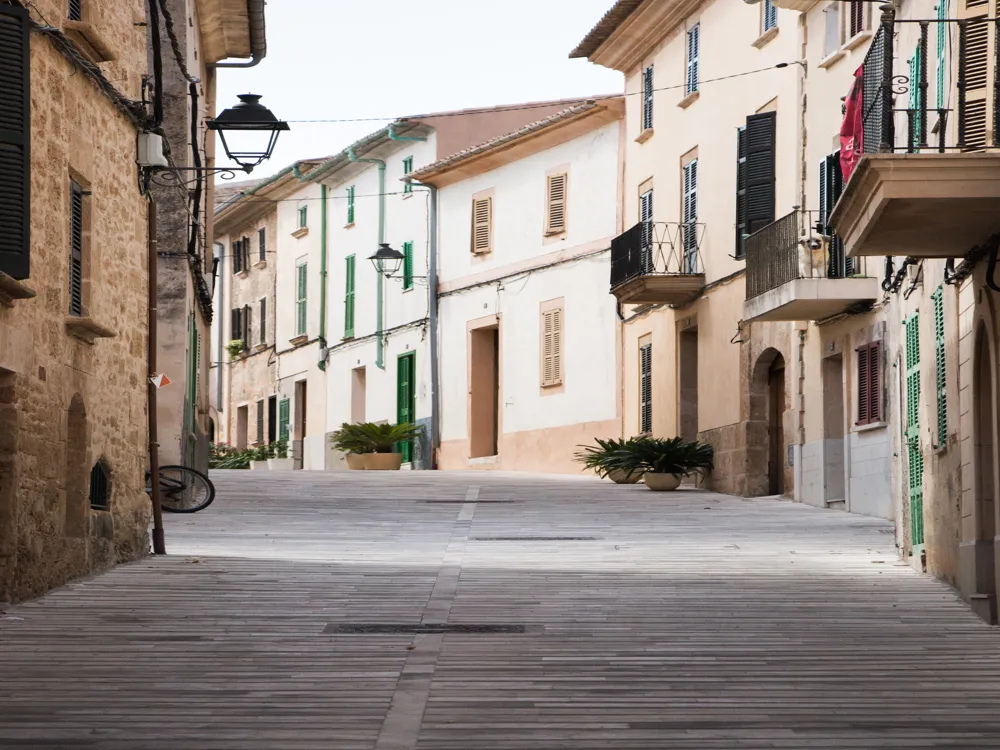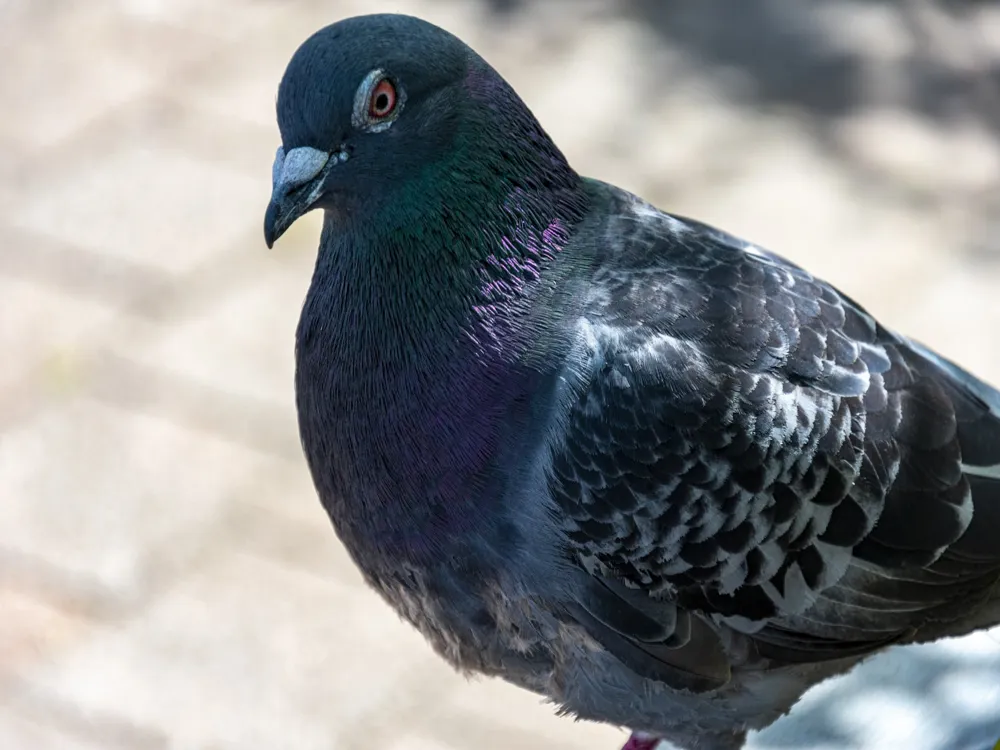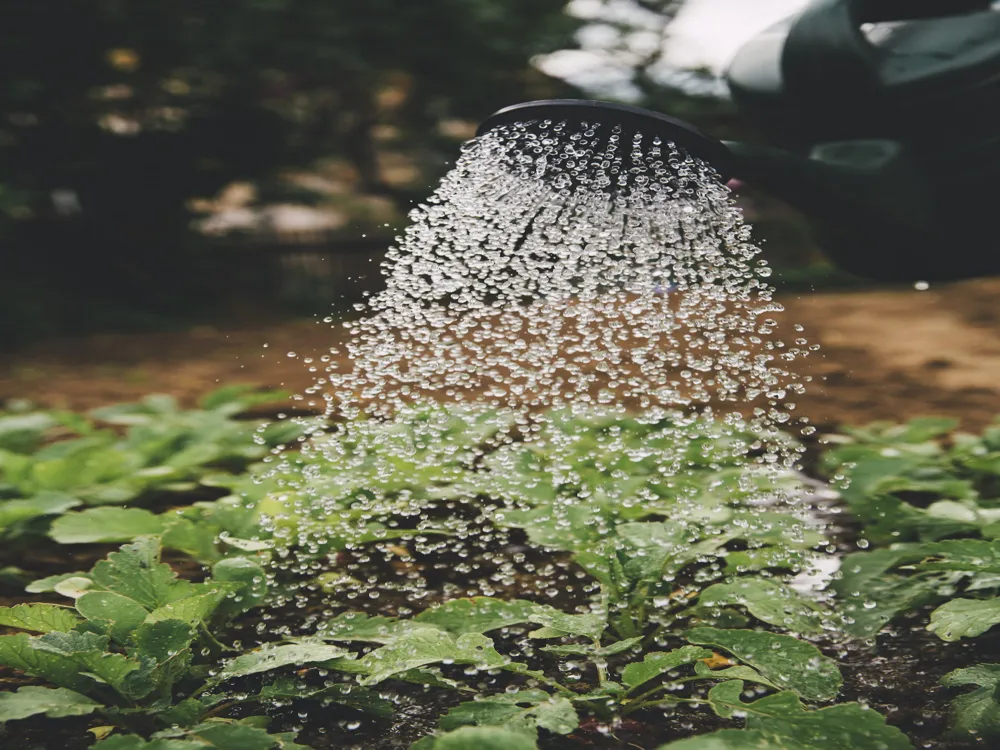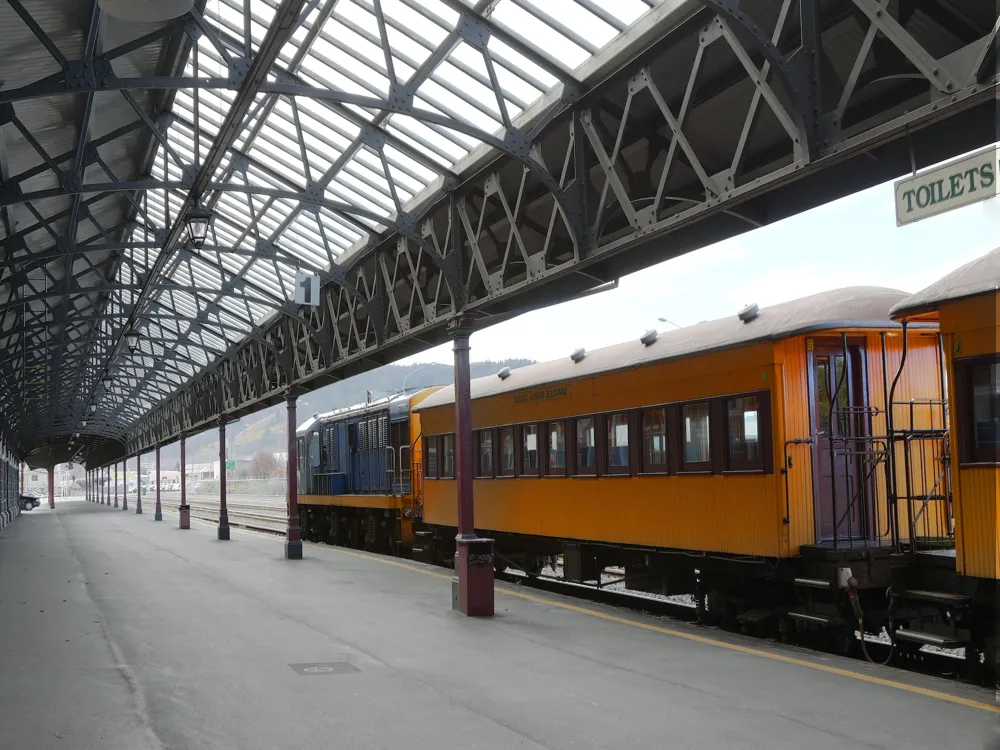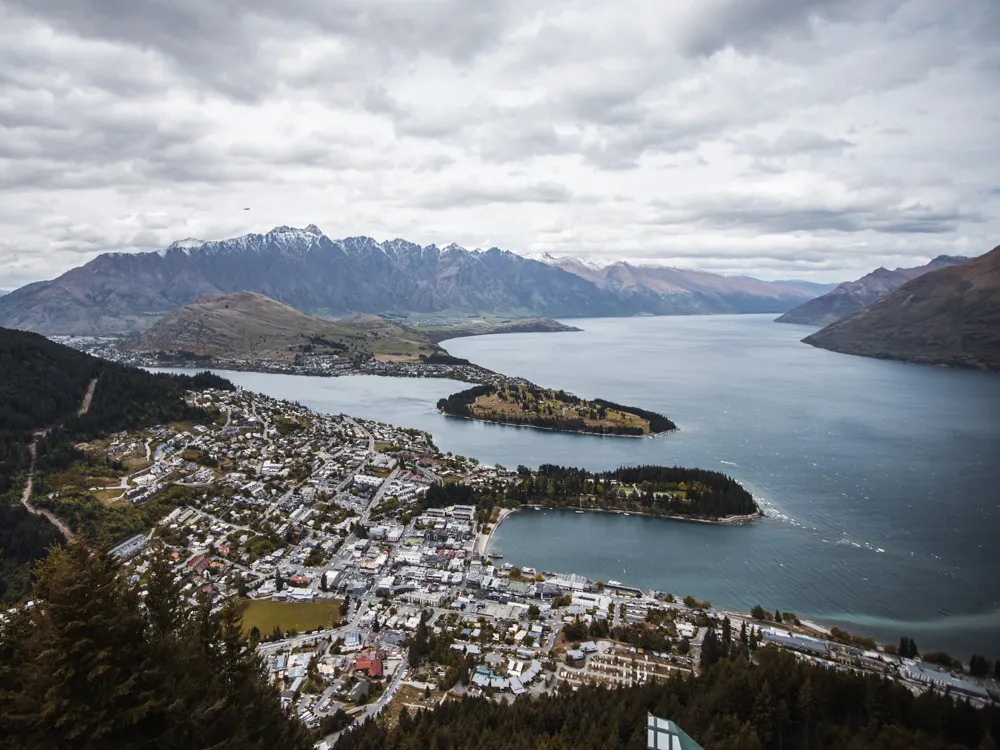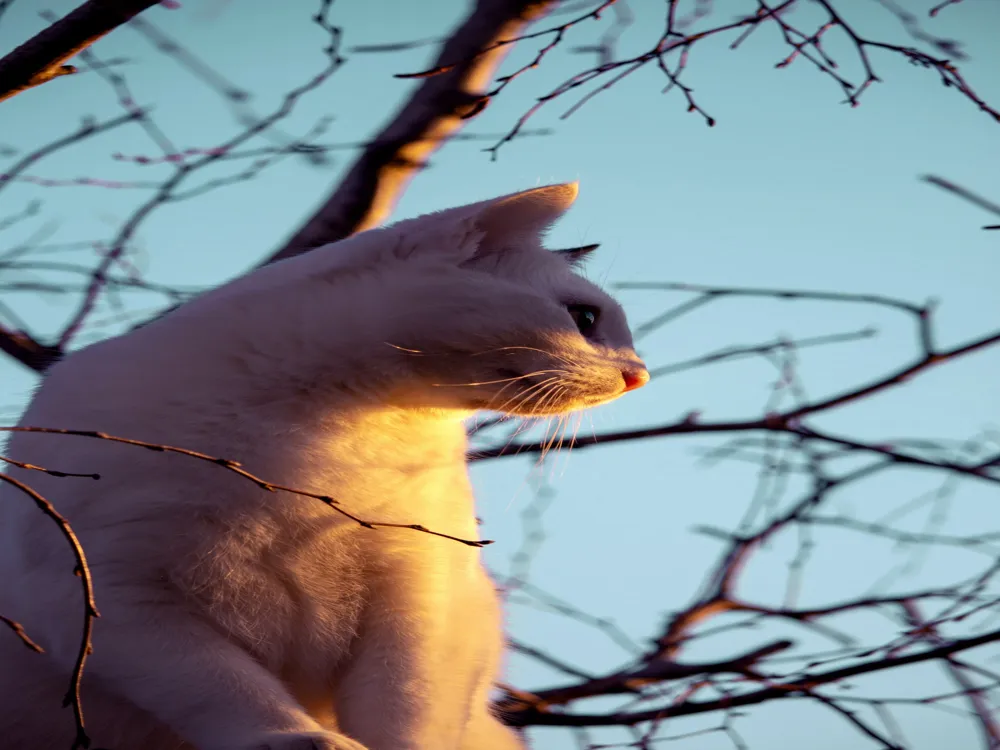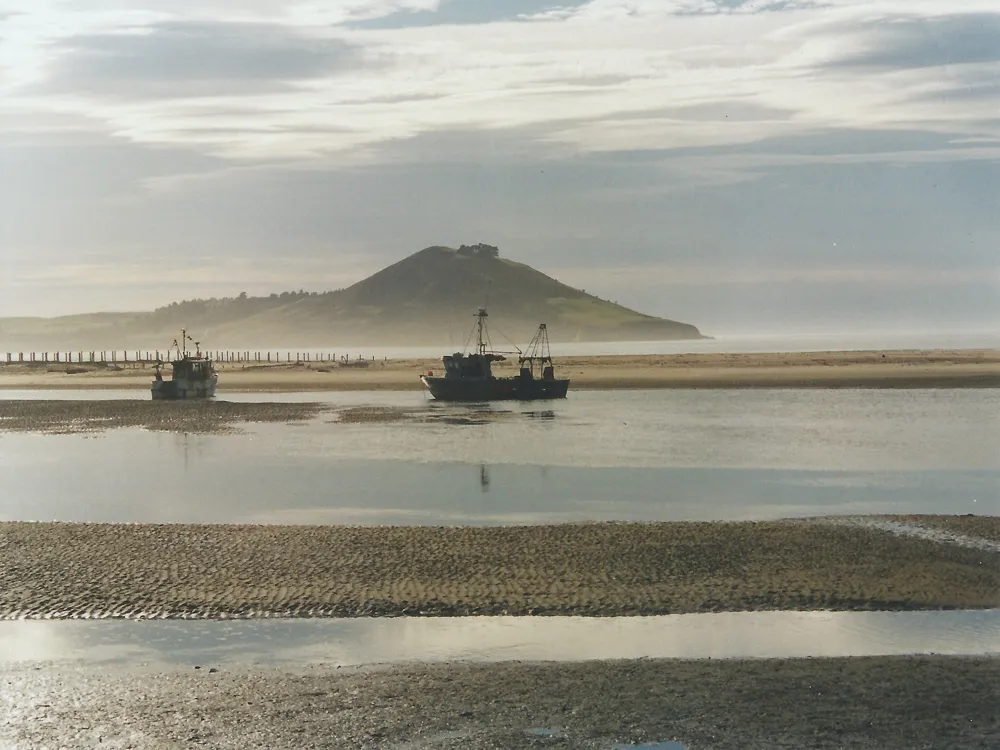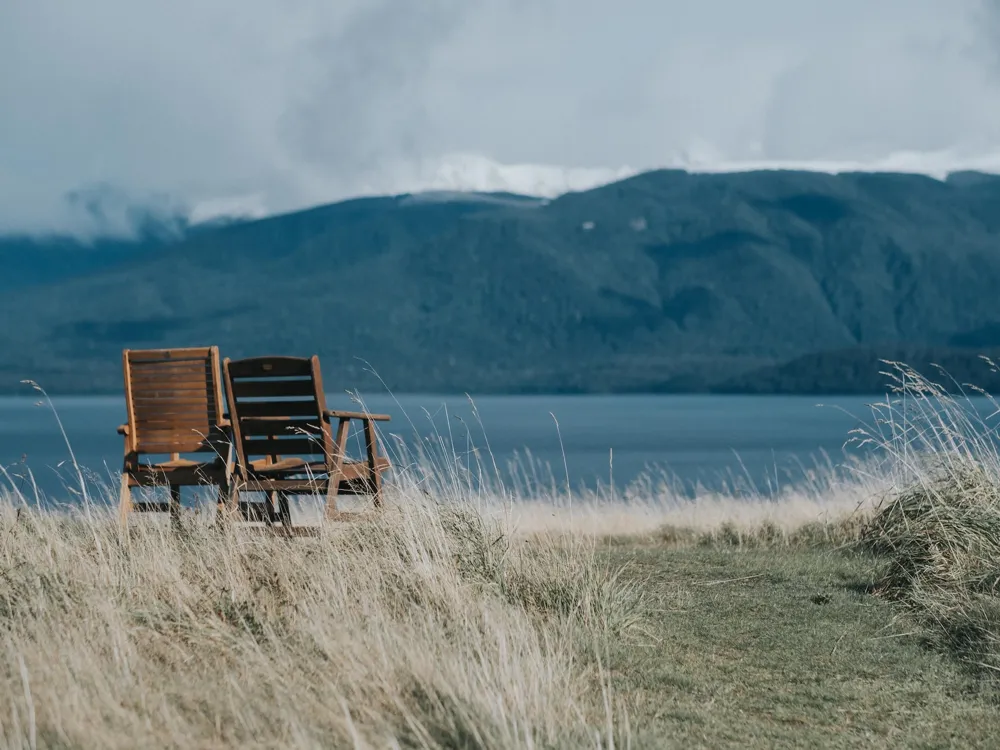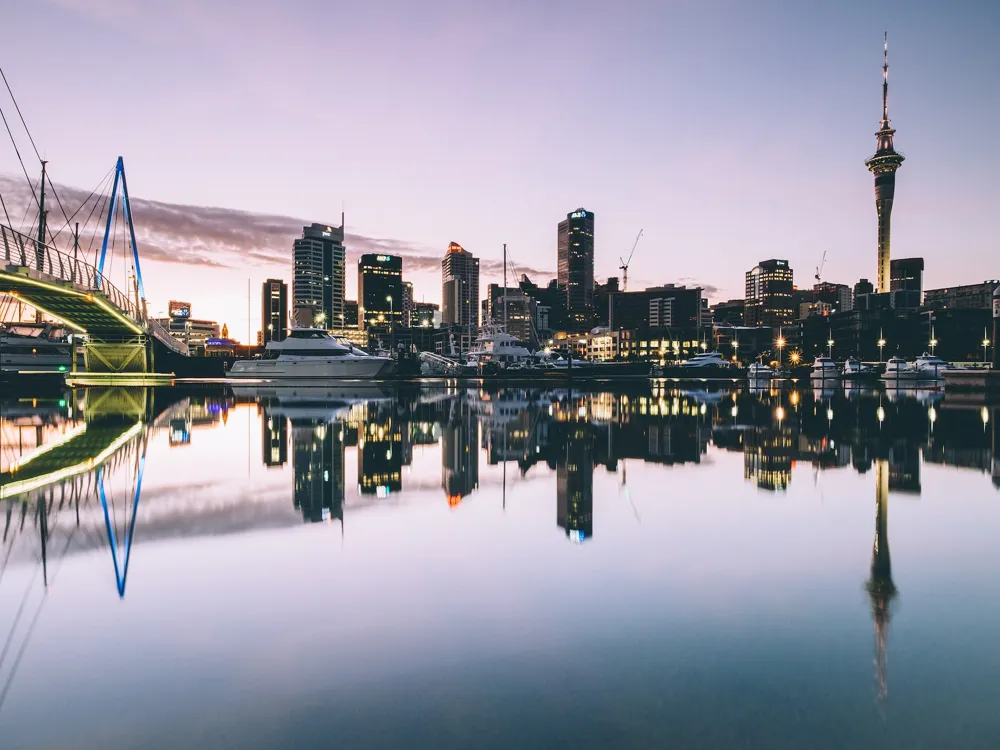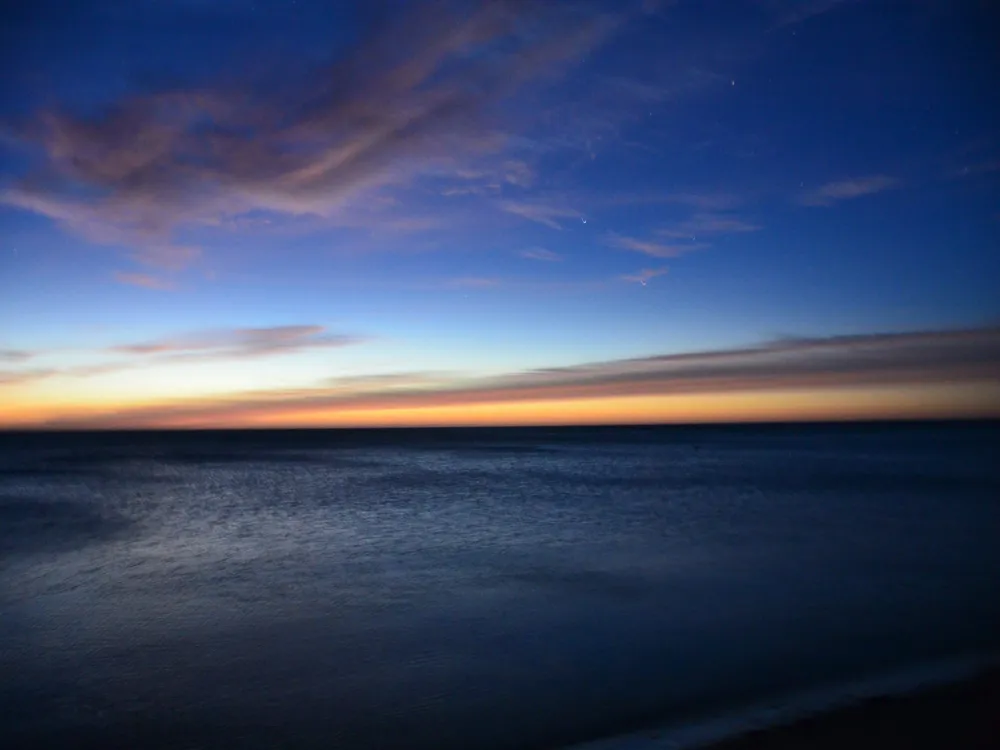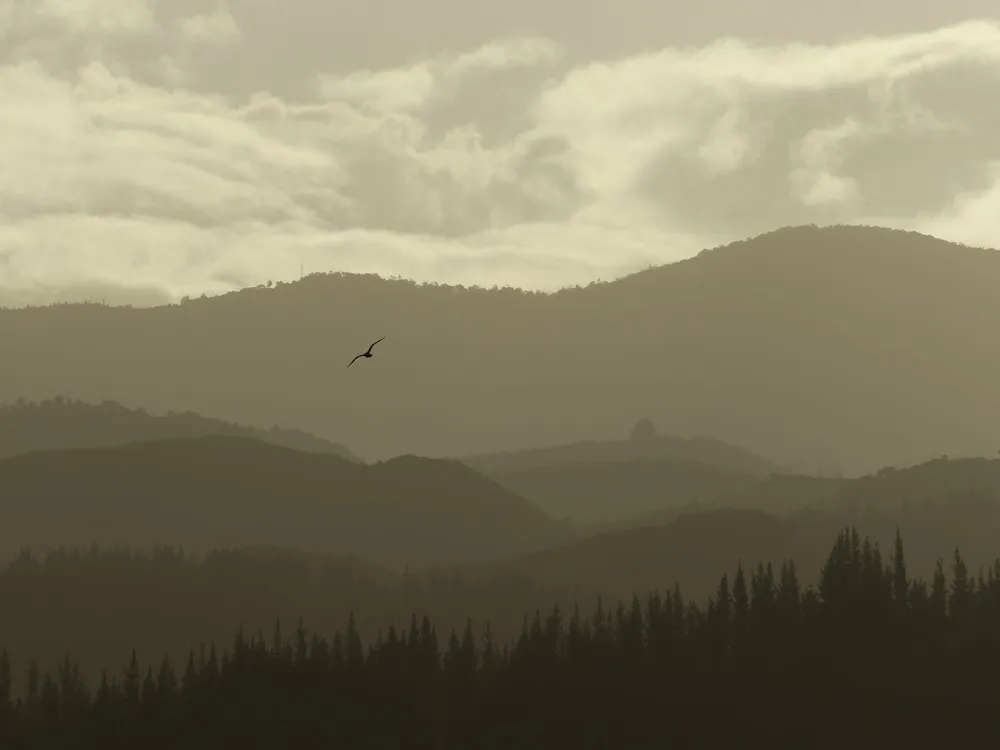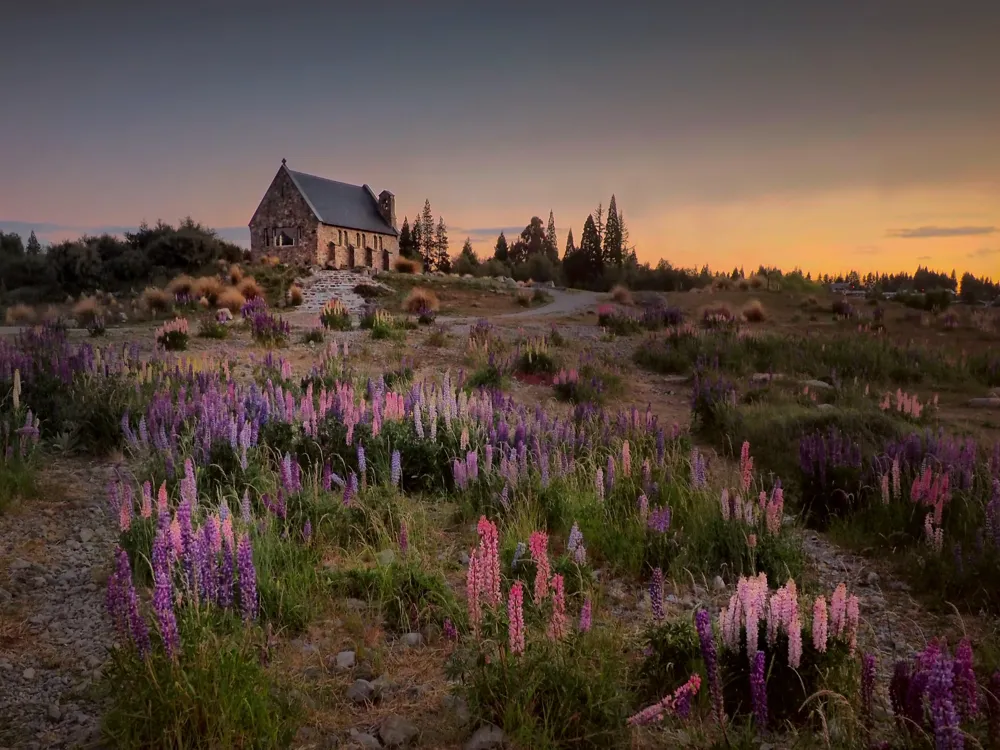The Royal Albatross Centre, nestled at the tip of the Otago Peninsula in Dunedin, New Zealand, stands as a beacon of wildlife conservation and education. This unique facility is dedicated to the study and conservation of the Royal Albatross, a majestic seabird with the largest wingspan of any bird in the world. The centre provides a rare opportunity for visitors to observe these magnificent birds in their natural habitat. The story of the Royal Albatross Centre begins with its remarkable location at Taiaroa Head, a site of ecological and historical significance. The headland is home to various species, creating a rich tapestry of biodiversity. The Royal Albatross, with their awe-inspiring wingspan that can reach up to three meters, dominates the skyline, offering a breathtaking spectacle for bird enthusiasts and casual visitors alike. The centre's role extends beyond just being a tourist attraction. It functions as a hub for research and conservation efforts, playing a pivotal role in understanding and protecting the albatross population. Educational programs and interactive displays are designed to raise awareness about the importance of preserving these birds and their environment. These efforts are crucial in a world where many species face threats from human activities and climate change. Visiting the Royal Albatross Centre is not just about bird watching; it's an immersive experience that connects people with nature and conservation. The centre's knowledgeable staff and comprehensive exhibits provide insights into the life cycle and migration patterns of the albatross and the challenges they face. This makes the Royal Albatross Centre an essential destination for anyone interested in wildlife, conservation, or the natural world. The architecture of the Royal Albatross Centre is as intriguing as the birds it protects. The building, designed with environmental sensitivity, blends seamlessly into the rugged coastal landscape of Taiaroa Head. Using natural materials and earthy tones ensures minimal visual impact on the surroundings, reflecting the centre's commitment to sustainability and conservation. Upon entering the centre, visitors are greeted by a spacious, light-filled atrium that offers panoramic views of the ocean and cliffs. This design not only maximizes the scenic beauty but also creates a sense of connection between the indoors and the natural world outside. The use of large glass windows reduces the need for artificial lighting, further enhancing the centre's eco-friendly design. The interior of the Royal Albatross Centre is thoughtfully laid out to facilitate learning and discovery. Interactive exhibits and educational displays are strategically placed, guiding visitors through the life and journey of the albatross. The design ensures accessibility for all, with wide corridors and ramps ensuring that everyone, regardless of mobility, can enjoy the centre to its fullest. The centre's architecture also takes into account the need for research and conservation. Facilities for scientists and researchers are integrated into the design, providing essential spaces for study and observation. This harmonious blend of form and function underscores the centre's mission: to protect and celebrate the natural world. While the Royal Albatross Centre is open year-round, the best time to visit is during the breeding season, from November to March. This is when the albatrosses are most active and visible, offering the best opportunity for observation. Be sure to bring binoculars for bird watching, a camera for capturing the stunning scenery, and weather-appropriate clothing, as the weather can be unpredictable. Consider joining a guided tour for a more in-depth experience. The knowledgeable guides provide valuable insights into the behaviour and habitat of the albatross. It's important to maintain a respectful distance from the birds and their nesting areas to avoid disturbing them. The Royal Albatross Centre is located at the end of the Otago Peninsula, about a 45-minute drive from Dunedin city centre. The most convenient way to reach the centre is by car, but there are also public transport options available. Buses run regularly from Dunedin to Taiaroa Head, making the centre accessible for those without private transport. For those seeking a more scenic route, cycling to the centre is a popular option. The journey offers spectacular views of the coastline and the chance to encounter local wildlife along the way. Bike rentals are available in Dunedin for those who do not have their own. Read More: Overview of the Royal Albatross Centre of Dunedin
Architecture of the Royal Albatross Centre
Tips When Visiting the Royal Albatross Centre
Best Time to Visit
What to Bring
Tour Options
Respecting Wildlife
How To Reach the Royal Albatross Centre
Royal Albatross Centre
Dunedin
₹ 142,000 onwards
View dunedin Packages
Weather :
Tags : Wildlife
Timings : 10:15 AM - 6:30 PM
Time Required : 2-3 hours
Planning a Trip? Ask Your Question
Dunedin Travel Packages
View All Packages For Dunedin
Top Hotel Collections for Dunedin

Private Pool

Luxury Hotels

5-Star Hotels

Pet Friendly
Top Hotels Near Dunedin
Other Top Ranking Places In Dunedin
View All Places To Visit In dunedin
View dunedin Packages
Weather :
Tags : Wildlife
Timings : 10:15 AM - 6:30 PM
Time Required : 2-3 hours
Planning a Trip? Ask Your Question
Dunedin Travel Packages
View All Packages For Dunedin
Top Hotel Collections for Dunedin

Private Pool

Luxury Hotels

5-Star Hotels

Pet Friendly







